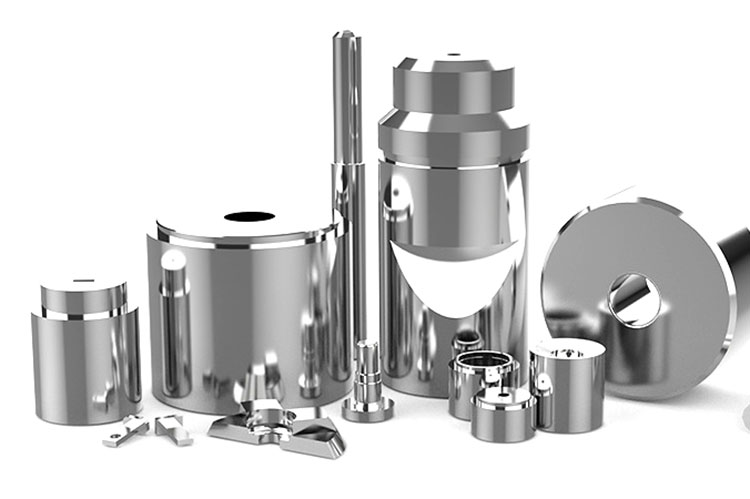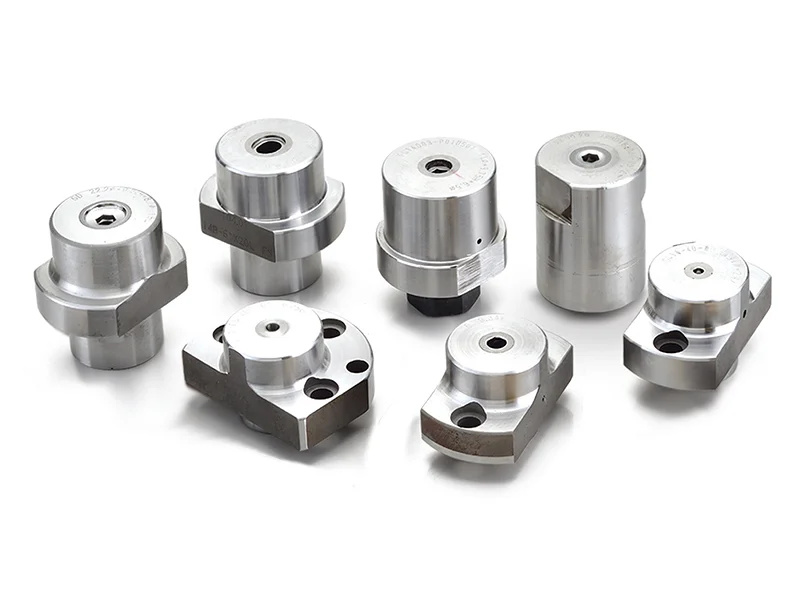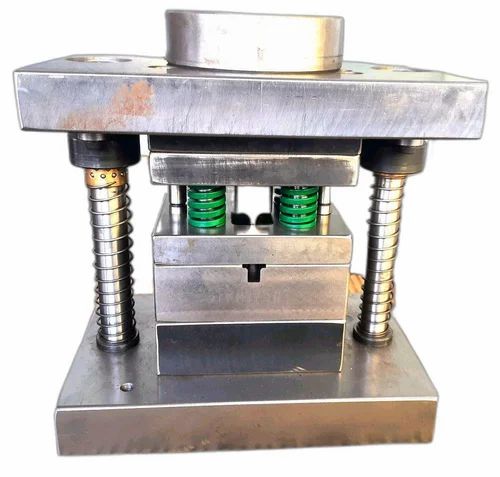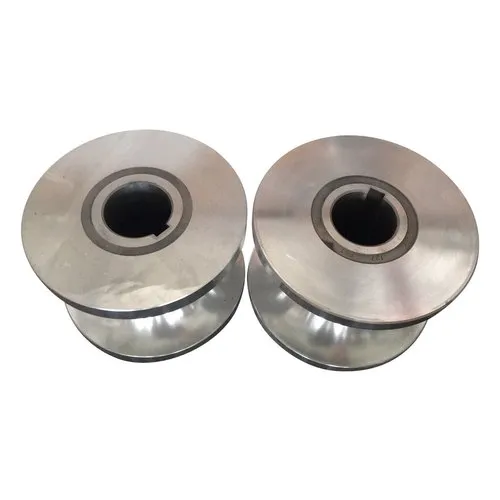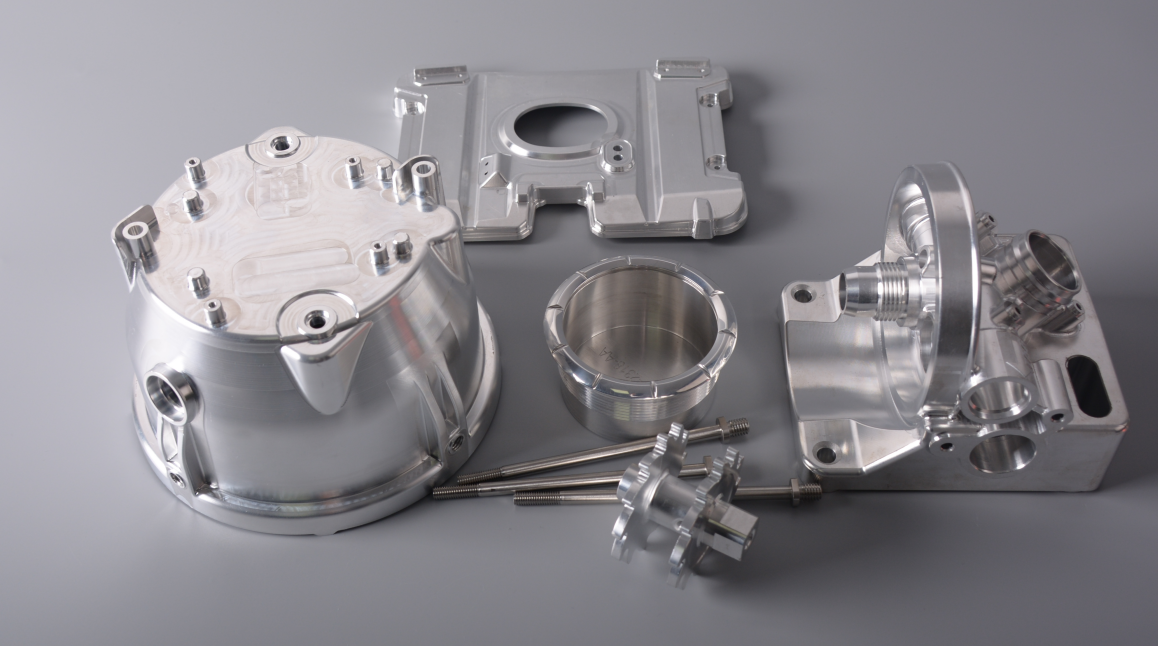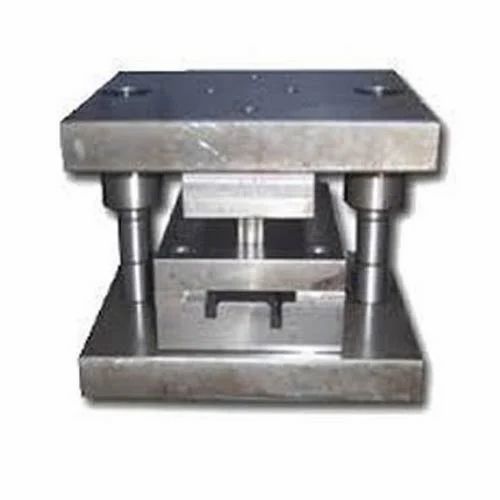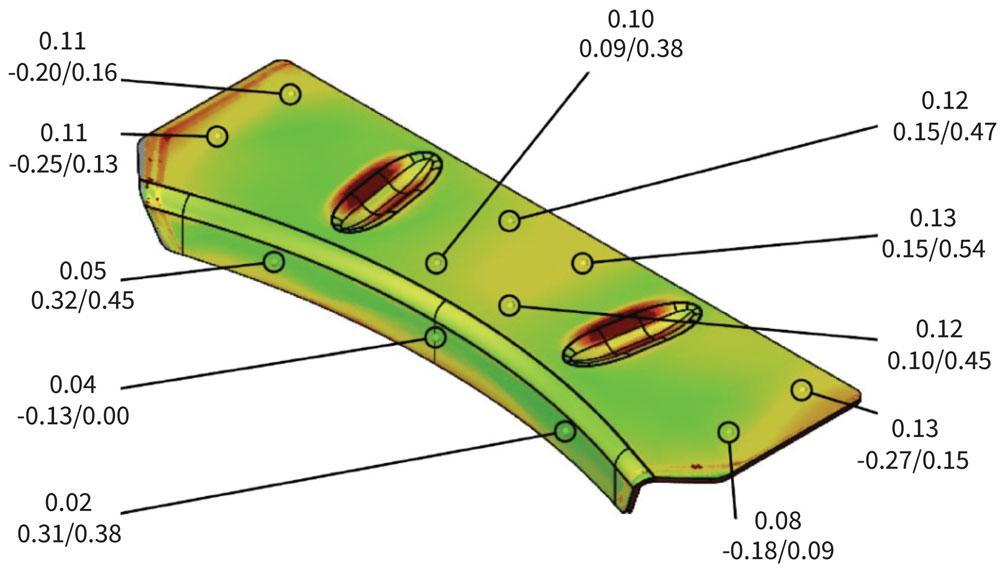
Mastering Lag Bolt Pilot Hole Sizes: A Comprehensive Guide
This comprehensive guide details how to select the correct pilot hole sizes for various lag bolts (1/4, 3/8, 1/2 inch, etc.), emphasizing the crucial two-hole drilling method for shank clearance and thread engagement. It provides specific drill bit recommendations for both softwood and hardwood, explains why pilot holes are essential, and offers tips for drilling and troubleshooting common problems to ensure strong, secure lag bolt installations.

